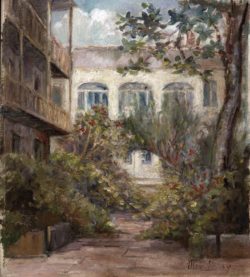Art
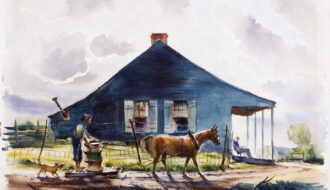
Charles Reinike
Charles Henry Reinike was one of New Orleans' most respected artists and art teachers from the late 1930s until his death in 1983.

Charles Henry Reinike was one of New Orleans' most respected artists and art teachers from the late 1930s until his death in 1983.
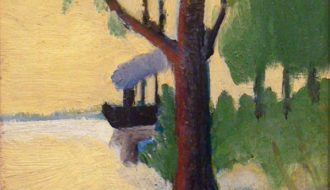
Charles Woodward Hutson, at the time of his retirement, had trained as a lawyer, served as a Confederate soldier, a university professor, and was a critically acclaimed artist.
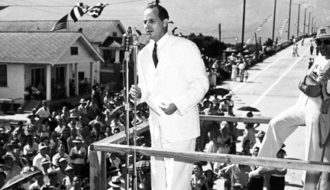
DeLesseps "Chep" Morrison was best known for his opposition to the powerful Long family in Louisiana.
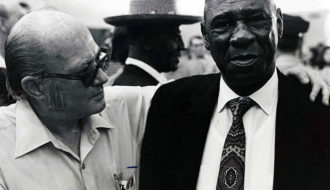
Chester Jones, a traditional jazz and brass band drummer, was a lifelong resident and community leader of the Treme neighborhood in New Orleans.
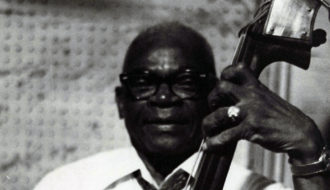
Chester Zardis, a New Orleans traditional jazz string bass player, was also known as "Bear" or "Little Bear."
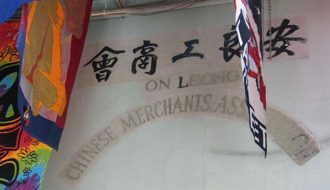
For six decades straddling the turn of the 20th century, one of the very few Chinatowns in the South anchored members of New Orleans's Chinese-ancestry community.
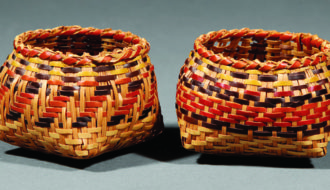
Deeply rooted in the history, spirituality, and daily activities of the Chitimacha people, basketry remains a visible expression of the Chitimacha Indian tribe’s culture and tradition.
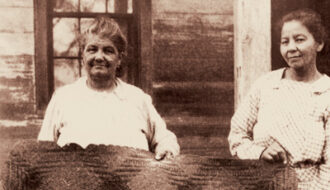
The Chitimacha Tribe is the only federally recognized tribe in Louisiana to still occupy part of its ancestral territory.

The Chitimacha Tribe is the only federally recognized tribe in Louisiana to still occupy part of its ancestral territory.
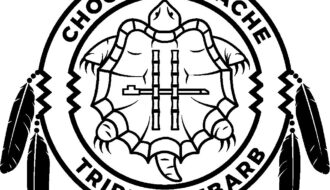
The Choctaw-Apache Tribe of Ebarb is Louisiana’s second-largest tribe, with more than seven thousand enrolled citizens.
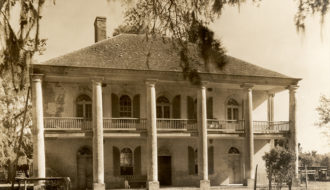
Chrétien Point, the center of the Civil War's Battle of Buzzard's Prairie in 1863, is rumored to have been spared when its owner, Hypolite Chrétien II, gave the Masonic sign.
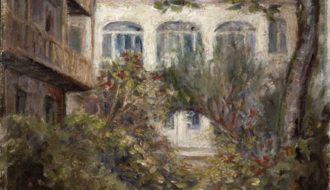
The Christian Woman's Exchange provided rooms for rent, consignment shops for income, and affordable lunches for women of every social class in New Orleans.
One-Year Subscription (4 issues) : $25.00
Two-Year Subscription (8 issues) : $40.00
